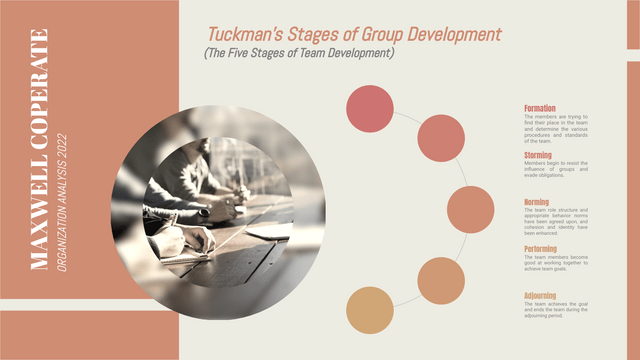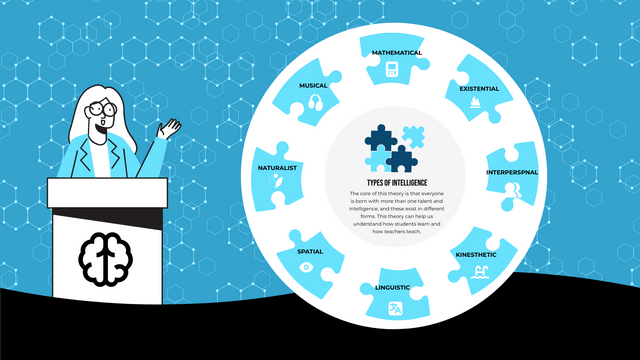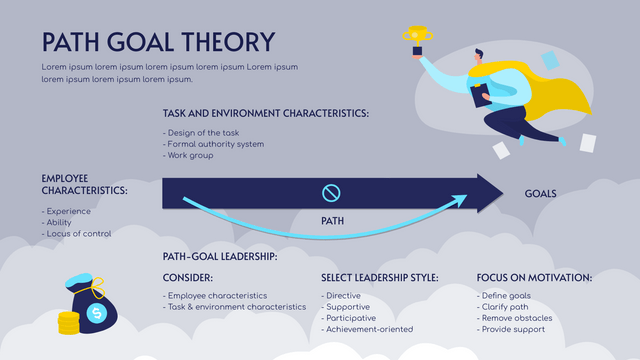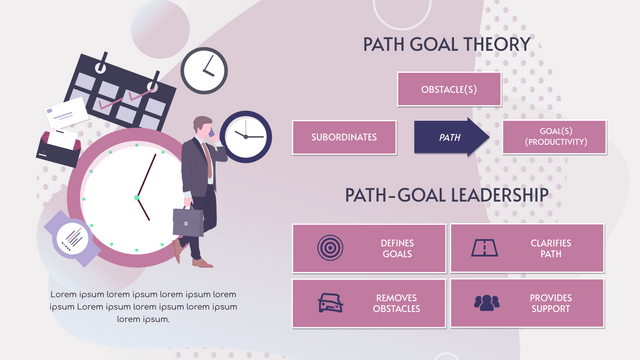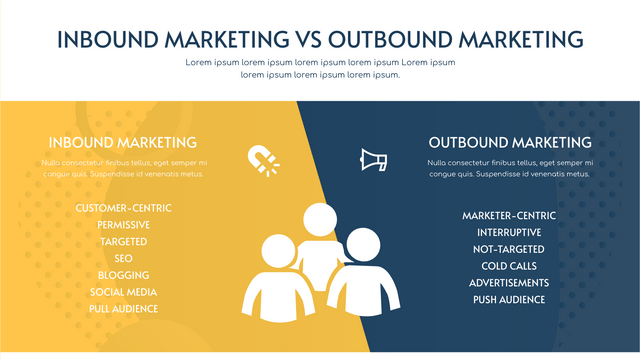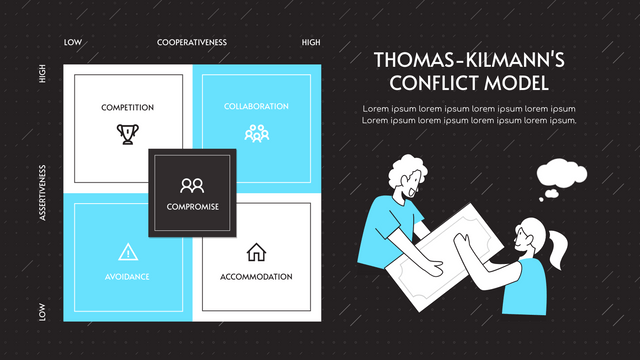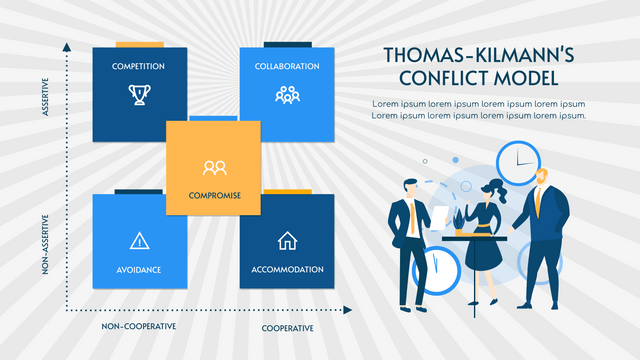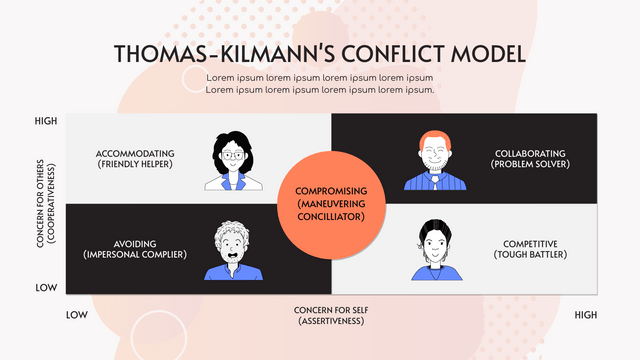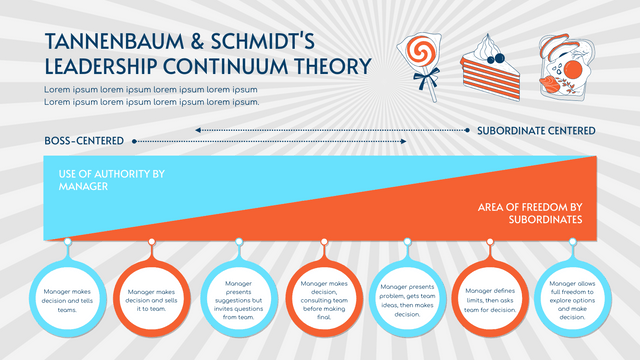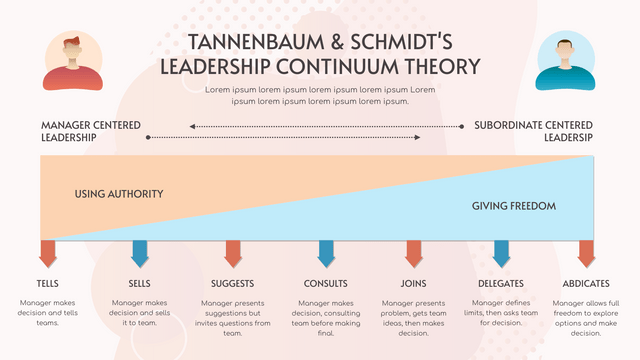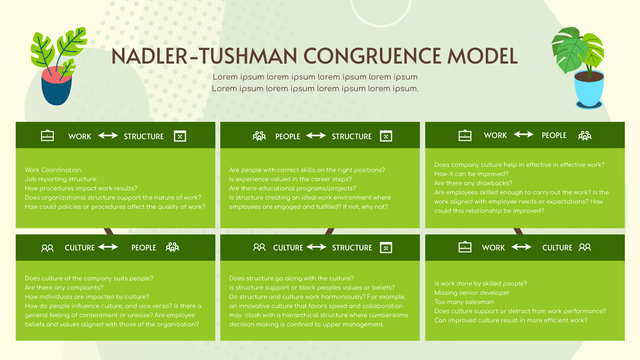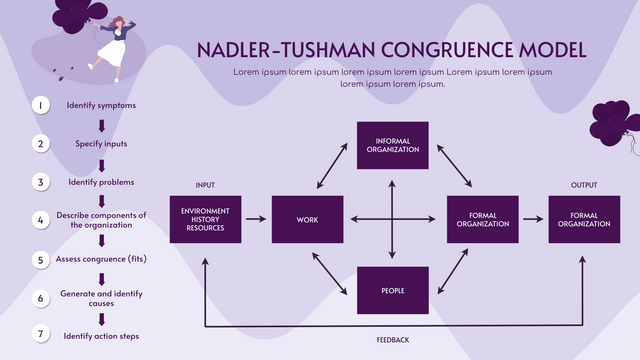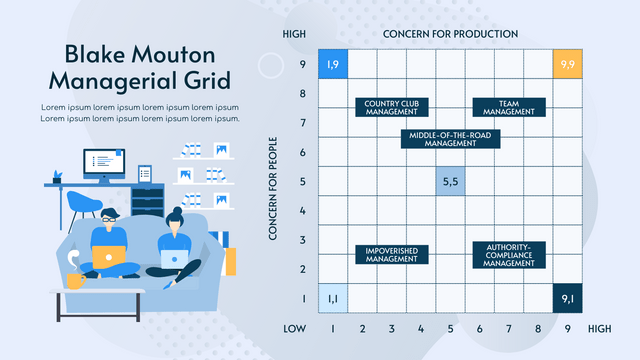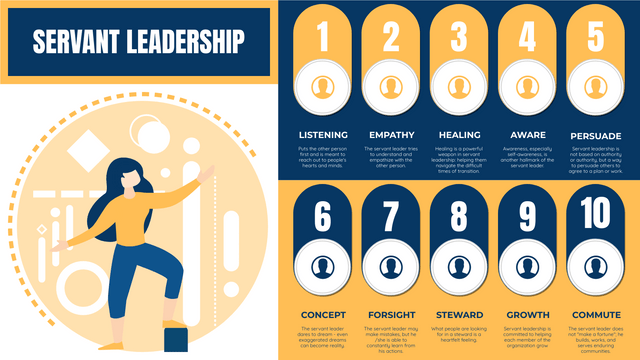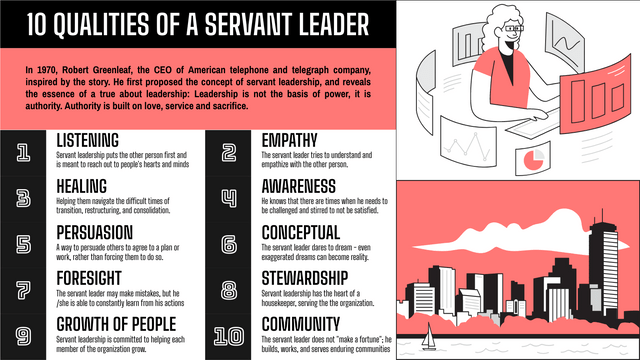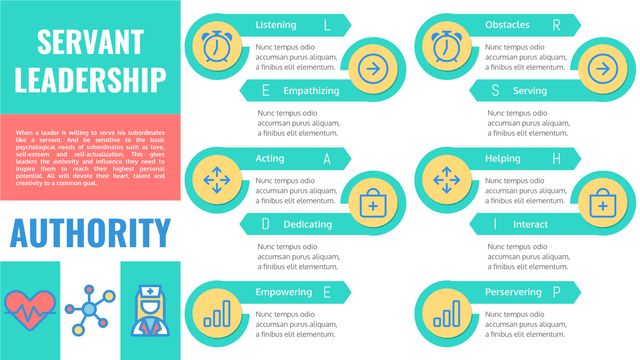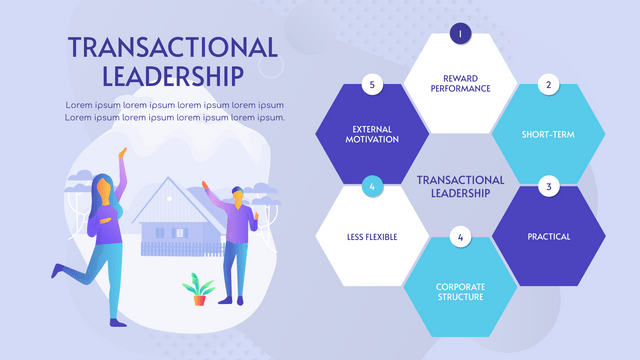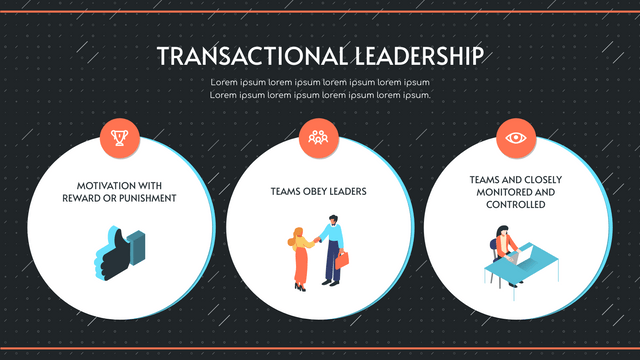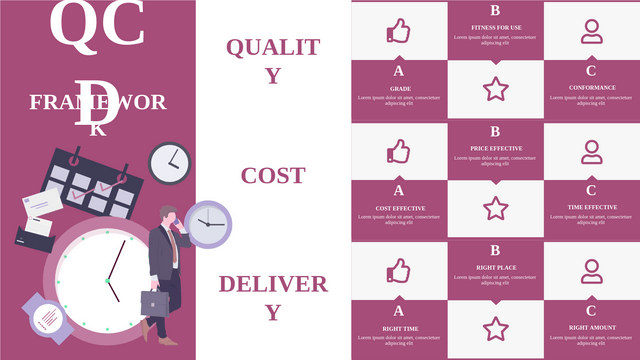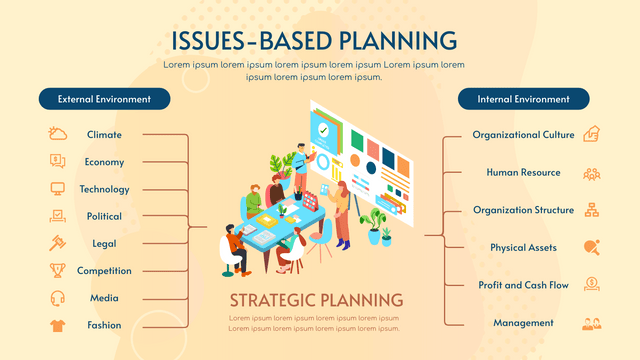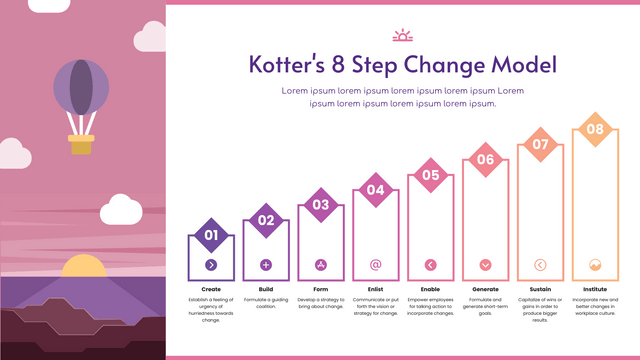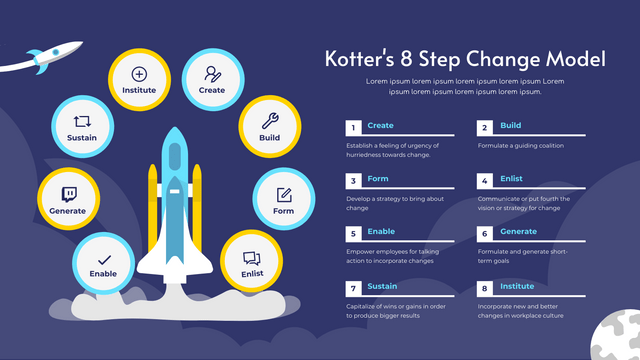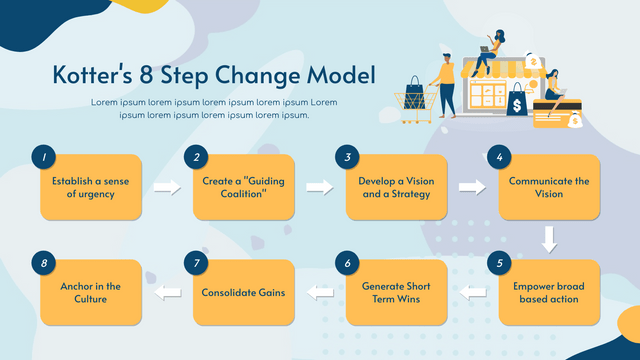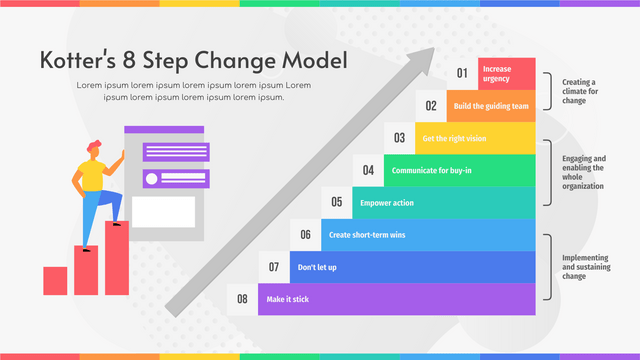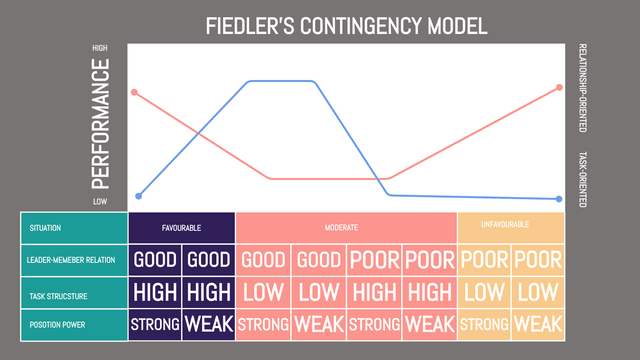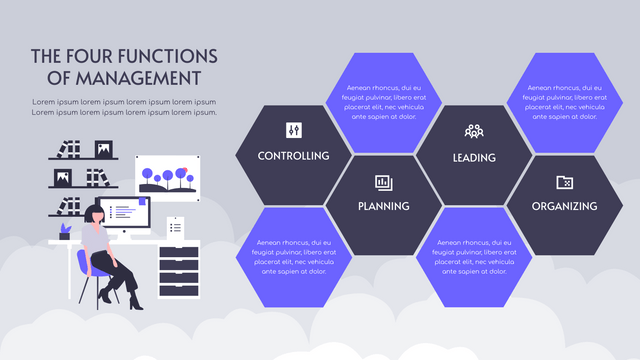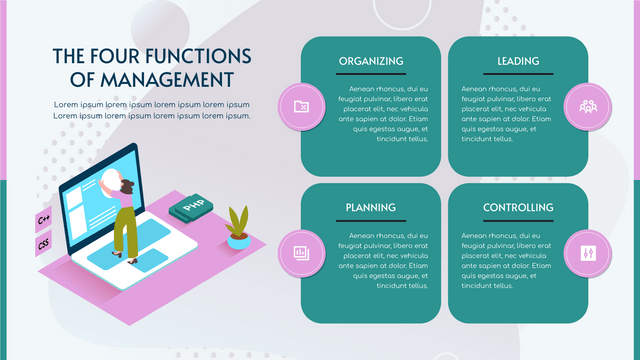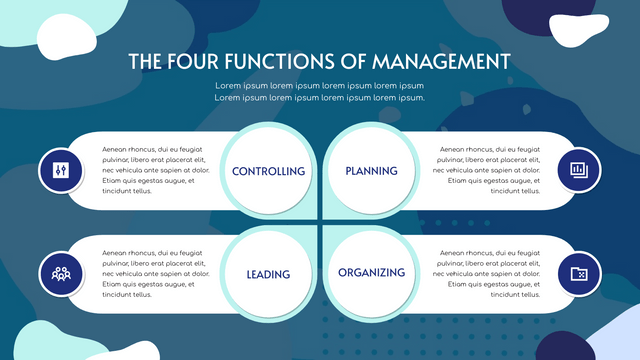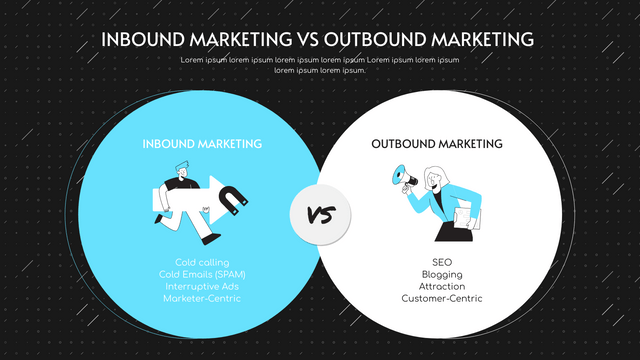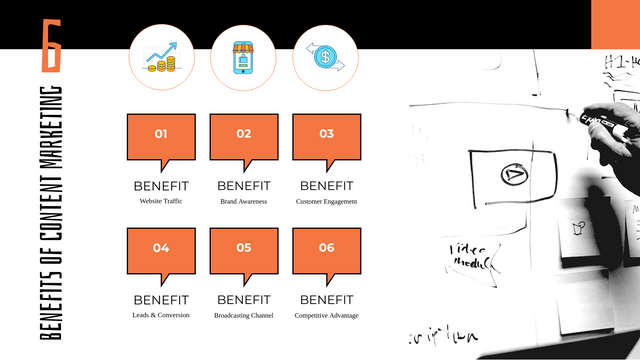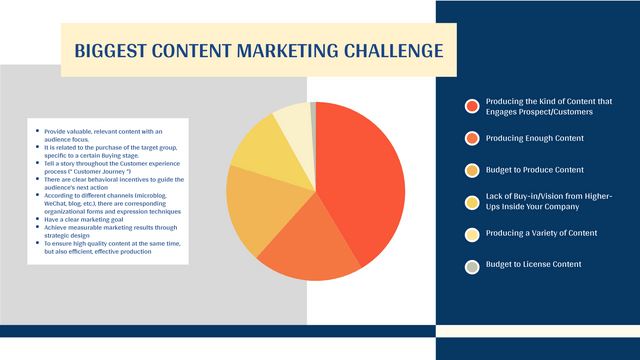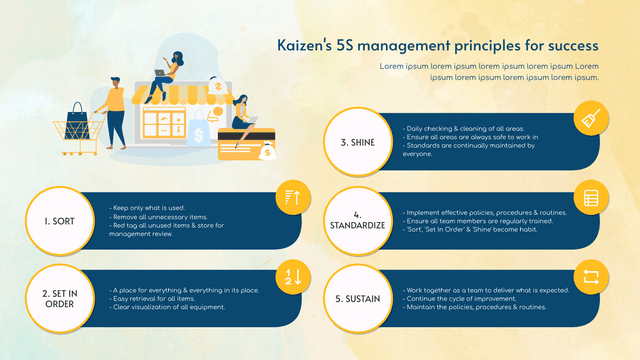What is Tuckman's Stages of Group Development?
Bruce Tuckerman proposed one of the most influential models of group formation in 1965. Based on his observations and literature studies on group behavior in different environments, he proposed a model that represents the different stages of a group's growth as a team. The model initially consisted of four different phase groups: formation, storming, norming, and performing. About a decade later, Tuckerman added a fifth stage, the adjournment. as shown in this template.
Five Stages of Team Development
Tuckerman's theory suggests that at each stage, the team focuses on specific issues at that stage, which can affect the behavior of its members.
The formation period of the team is not stable, and the members are trying to find their place in the team and determine the various procedures and standards of the team.
Conflicts occur in turbulent times (Storming Period), when members begin to resist the influence of groups and evade obligations that need to be fulfilled. Disagreements among members often arise over differences, and the handling of conflicts has become the focus of attention.
During the norming period, the team role structure and appropriate behavior norms have been agreed upon, and cohesion and identity have been enhanced.
During the (performing) periods of high performance, team members become good at working together to achieve team goals, and their work patterns are free to change.
Finally, the team achieves the goal and ends the team during the adjourning period.
Tips for Implementing Tuckman's Stages of Group Development
The five-phase model assumes that group development will go through these phases. As the initiative or task continues, the team becomes more efficient. However, teams do not always move from one stage to the next according to the rules.
Groups may have the characteristics of several stages at the same time, or they may unexpectedly go backwards or forwards.
The team should consider the variability of the process. Even though the process of several stages appears to be straight-line, the group may hover between stages as its members change.
We should well aware of this and are trying to steer the group back to the right stage.
We should also be aware that groups may be more adaptable at a particular stage and resist the next stage of development.
Tuckman's Stages of Team Development Template
Here is a Team Development template created with Visual Paradigm's online strategic analysis tool. You can customize this template by modifying the text, color and font, and use it in your presentations and reports.








